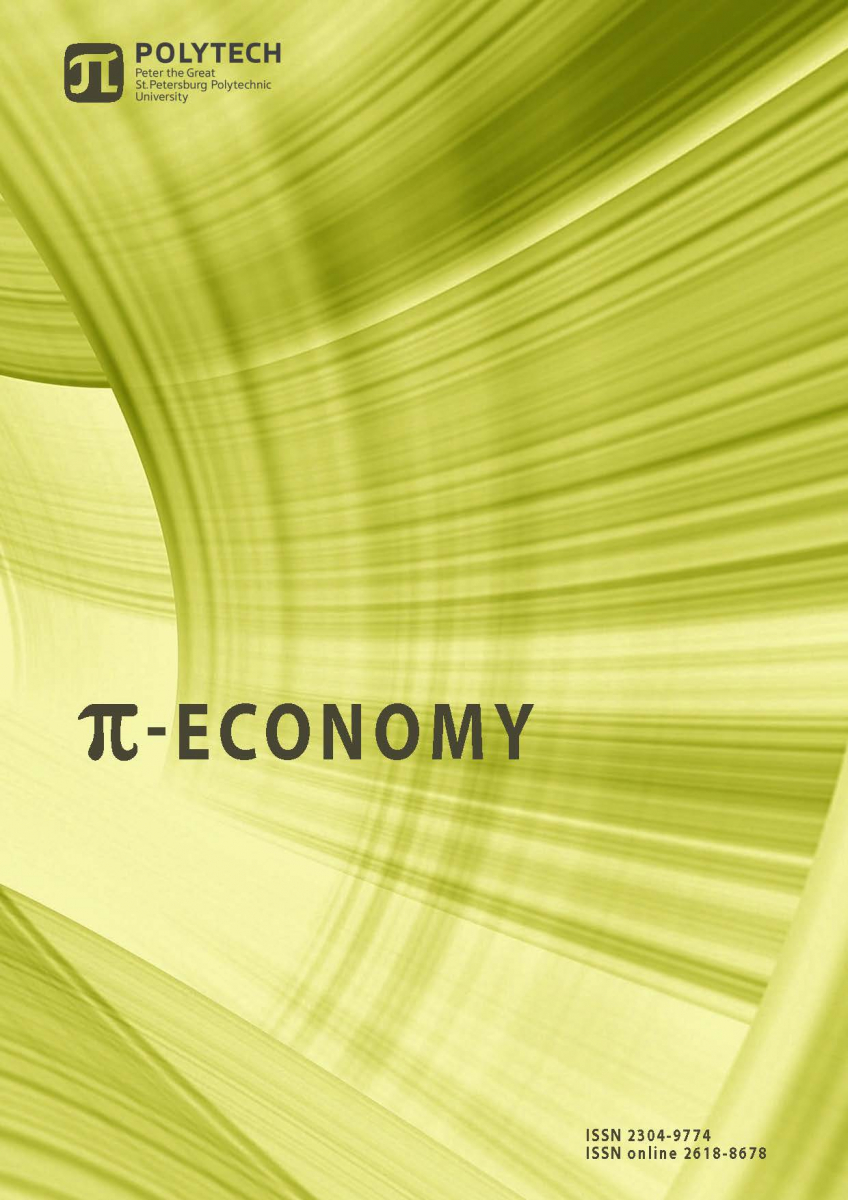Tools for forecasting regional economic growth using big data and business intelligence technologies
The significance of the study is due to the increasing complexity of regional economic growth forecasting in the context of digital transformation and the limitations of traditional analysis methods. According to research, the volume of generated data on regional socio-economic development increases by 40–50% annually, requiring fundamentally new approaches to their processing and analysis. Existing forecasting methods do not effectively account for nonlinear relationships and synergetic effects between various regional development factors. The goal of the study is to construct comprehensive tools for forecasting regional economic growth based on integration of big data technologies and modern business analytics methods. The research methodology includes modified machine learning algorithms specifically adapted for regional data analysis, using both structured and unstructured information sources. The developed tools were tested on data from 76 Russian regions for 2015–2023 using distributed computing systems. The novel findings of this study is that we created integrated tools for detecting nonlinear effects and synergetic interactions between growth factors, as well as quantifying factor thresholds and lag effects of their influence. A methodology for comprehensive assessment of digital transformation's impact on regional development has been proposed for the first time, considering the relationships between technological, social, and institutional factors. The practical significance is confirmed by successful implementation in regional governance, providing a 20–25% increase in management efficiency through more accurate forecasting and comprehensive consideration of growth factors. The developed tools were implemented in strategic planning practices of several Russian regions, showing high effectiveness in developing socio-economic development programs. Further research directions include expanding the analyzed indicators through IoT data and digital platforms, improving machine learning algorithms for economic instability conditions, adapting tools for municipal governance level and developing integration mechanisms with existing regional management information systems.


